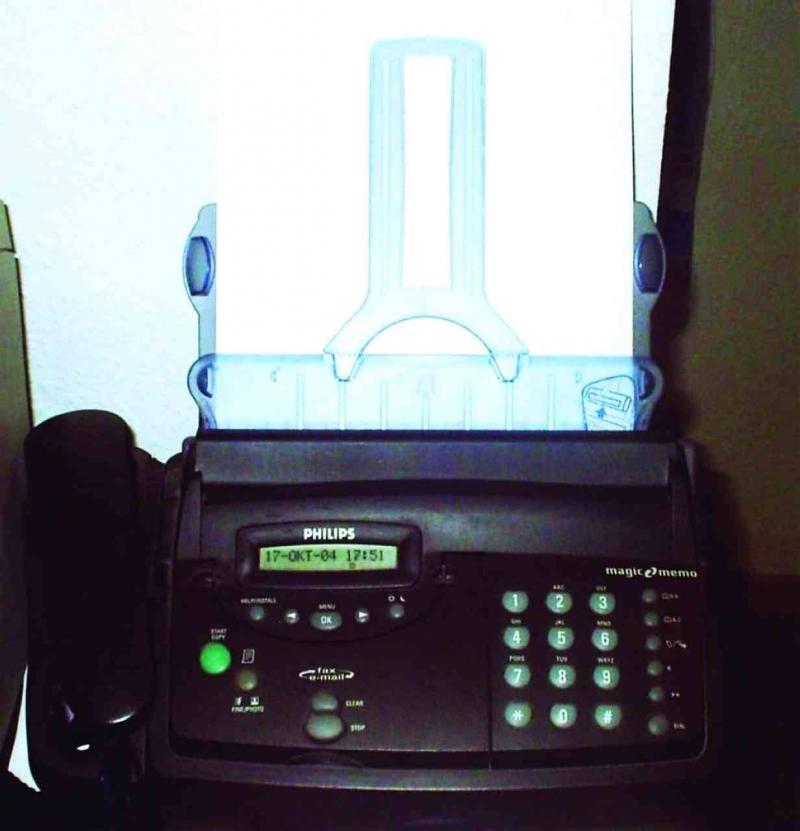The International Expo, in its various incarnations and from its public emergence to its current version in Dubai, presents an ideal opportunity and a significant gateway for the birth of ideas that are often extraordinary, globally significant, and generally humanistic, benefiting all of humanity. Naturally, this includes the countries that have successfully transformed extraordinary ideas into creative real-world projects.
**Connecting Minds**
Expo 2020 Dubai is no exception in the context of generating transformative ideas. The official slogan of the exhibition, “Connecting Minds, Creating the Future,” is ample evidence of the potential—and indeed the necessity—of generating extraordinary ideas that will be the talk of humanity and a testament to the world’s confidence in Dubai’s ability to transform these ideas into tangible realities within its landscape, rich with unique global projects.
**Futuristic Visions**
What further enhances the likelihood of creative ideas emerging at Expo 2020 Dubai is that this edition of the international exhibition is being held for the first time in the Middle East, Africa, and South Asia. This signifies an ideal confluence of ideas, cultures, perceptions, and future visions across various aspects and promising sectors of life, hoping to create a living reality beneficial to all of humanity.
**The Mechanical Computer**
Looking back at the history of the International Expo in its various names, it is evident that the 1851 edition in London showcased vast innovations of the Industrial Revolution. The 1855 edition in Paris presented a perfect aggregation of innovations in agriculture, industry, and the arts, before British inventor Charles Babbage brought humanity's dream into reality with the introduction of the first programmable mechanical computer at the London edition in 1862.
**Phone and Ketchup**
At the 1873 Vienna edition, Japan inspired humanity with a collection of artistic products. Subsequently, Scottish inventor Graham Bell followed in Babbage's footsteps by delighting humanity with the invention of the first phone at the 1876 edition in Philadelphia, coinciding with the emergence of popular foods like popcorn and ketchup at the same Expo.
**The Airship**
The 1878 Paris edition was no different from its predecessors, when Frenchman Henri Giffard delighted the world with his invention of the steam-powered airship. The 1913 edition in Ghent, Belgium, witnessed the birth of the world’s highest waterslide, constructed of iron and measuring 5 kilometers, and the 1958 Brussels edition introduced the fax machine and various automatic devices, engines, and computers.
**Maglev Train**
In the 1970 Osaka edition, Japan amazed the world with the idea of human harmony, along with the introduction of a precise electron microscope and a magnetic levitation train. The 2005 Aichi edition brought Japan back to dazzle the world with an unprecedented idea affirming the necessity of connecting people and nature in the 21st century, presenting practical experiences for living harmoniously with the environment.
**Feeding the Planet**
China followed Japan in delighting humanity by establishing World Cities Day at the 2010 Shanghai edition. The 2015 Milan edition saw the birth of the idea of 'Feeding the Planet,' aimed at enhancing human life on Earth through concepts of technology, innovation, culture, traditions, and creativity, all linked to the quality of human food.
**Achievements and Symbols**
The International Expo has contributed to human joy through achievements still visible today, such as the Paris Metro at Expo 1900, the Montreal Metro at Expo 1967, and the development of the Lisbon Metro at Expo 1998, along with well-known architectural symbols that gained fame due to this significant global event, including the Eiffel Tower in Paris, the Atomium in Belgium, the Space Needle in the U.S., and the Biosphere Museum in Canada.
**Categories of Exhibitions**
The Bureau International des Expositions (BIE) classifies exhibitions into two categories: the first is known as international exhibitions, while the second is referred to as specialized international exhibitions. It also recognizes other categories such as horticultural exhibitions, following the amendment to the 1988 agreement, which took effect in 1996.
Recognized international exhibitions hold a global character, garnering interest from all of humanity. They are typically organized once every five years since 1995 and last no less than six months, featuring pavilions from countries, governments, or major companies, aiming to bring joy to humanity through unprecedented ideas that manifest into realities benefiting various nations across the globe.




